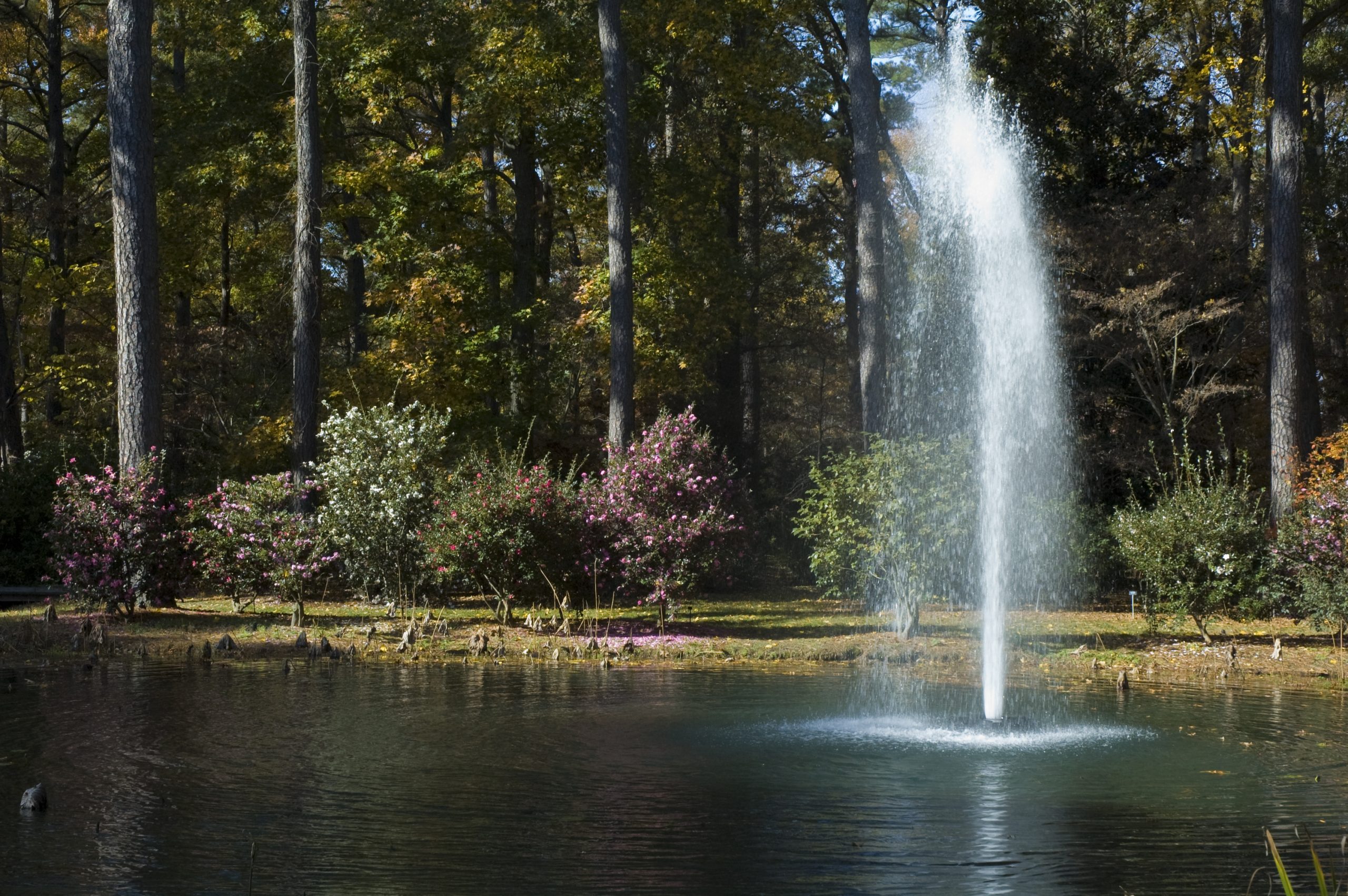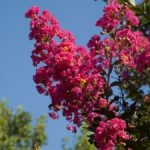Norfolk Botanical Garden has more than 1,700 camellia plants in the collection. There are more than 1,100 different types of camellias in the Garden – one of the largest collections of Camellias in the Southeastern U.S. Visitors will find camellias throughout the Garden, but the majority of the collection can be found in two places – Mirror Lake and the Hofheimer Camellia Garden.
The camellia collection is designated an Official North American Collection by the North American Plant Collection Consortium (NAPCC) in 1997. NAPCC is a program of the American Public Gardens Association in cooperation with the USDA Agricultural Research Service. As part of this national designation, the Garden is committed to holding and developing collection of documented living plants according to specified standards. In addition, NAPCC-recognized plant collections are available for selection and breeding, taxonomic study evaluation, utilization, and other research purposes.
Our Camellia collection has also been designated an International Garden of Excellence by the International Camellia Society (ICS). Additionally NBG is a destination Camellia garden on the American Camellia Trail. This American Camellia Society project is a partnership of public gardens with notable collections located across the country.
CAMELLIA FLOWERS
In the wild, the flowers of camellia species are single. Over the years, however, many forms of camellia flowers have been selected, both from wild populations and through hybridization, causing the need to classify them for horticultural identification.
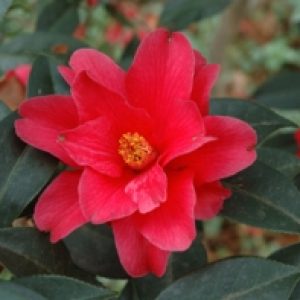
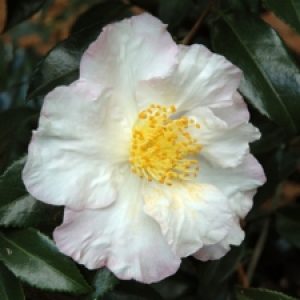
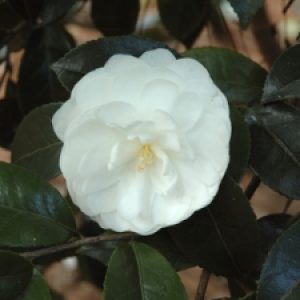
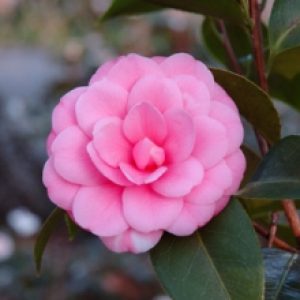
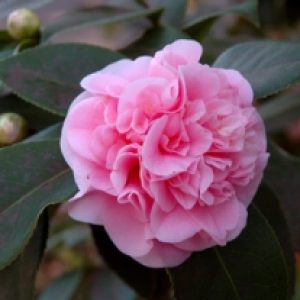
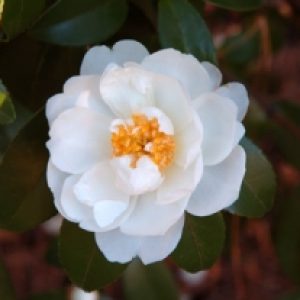
CAMELLIA SPECIES

There are about 200 different species of camellias, including this one; camellia sinensis.
Commercially important plants include the tea plant (Camellia sinensis), the source of green and black tea, and the tea oil plant (Camellia oliefera), from which oil is extracted and used for cooking, cosmetics, medicine and industrial purposes. Camellia japonica, Camellia sasanqua and Camellia reticulataare prominent ornamental species used in the landscape. The majority of garden camellias are cultivars and hybrids developed from these plants.
Other species have unique traits that make them interesting plants as well as potential source material for hybrids: Camellia lutchuensisis the most fragrant camellia, Camellia cuspidata has unusually narrow foliage, Camellia brevistyla has unusual bark, Camellia saluenensis also has unusual foliage, prolific blooms and crosses very easily with other species. The large flowering but tender Camellia granthamiana was first imported into the U.S. by Norfolk Botanical Garden’s Fred Heutte.
Look for these species in the garden:
- Camellia brevistyla
- Camellia chekiangoleosa
- Camellia cordifolia
- Camellia gaudichaudii
- Camellia grijsii
- Camellia lutchuensis
- Camellia pitardii
- Camellia saluenensis
- Camellia yuhsienensis
CULTIVARS AND HYBRID CAMELLIAS
There are about 200 different species of camellias, including this one; camellia sinensis.Cultivars are plants selected for specific desirable qualities. Camellia cultivars must be propagated through grafting, cuttings or layering. Hybrids are crosses between two species, two cultivars, two other hybrids or a combination of these to create a new plant with its own unique traits.
Camellia x hiemalis and Camellia x vernalis hybrids
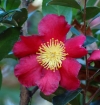 These two groups are very old hybrids thought to be developed in Japan and China . They are probably crosses between Camellia japonica and Camellia sasanqua. The hybrids tend to flower slightly later than Camellia sasanqua varieties and several are spreading or prostrate growers.
These two groups are very old hybrids thought to be developed in Japan and China . They are probably crosses between Camellia japonica and Camellia sasanqua. The hybrids tend to flower slightly later than Camellia sasanqua varieties and several are spreading or prostrate growers.
Camellia x williamsii hybrids
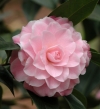 The williamsii hybrid group originates from the cross of Camellia saluenensis and Camellia japonica produced by J C Williams in the early 1930s. With their smaller tougher leaves, they are remarkably hardy and produce an abundance of flowers that tend to drop neatly as soon as they finish blooming.
The williamsii hybrid group originates from the cross of Camellia saluenensis and Camellia japonica produced by J C Williams in the early 1930s. With their smaller tougher leaves, they are remarkably hardy and produce an abundance of flowers that tend to drop neatly as soon as they finish blooming.
Ackerman hybrids
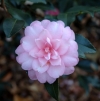 This group of cold hardy hybrids was developed by Dr. William Ackerman at the National Arboretum. He crossed Camellia oliefera with other species and hybrids, including Camellia sasanqua, Camellia japonica, Camellia x hiemalis and Camellia x williamsii. Many of the Ackerman hybrids can be found in a planting bed near the entrance of the Hofheimer Camellia Garden.
This group of cold hardy hybrids was developed by Dr. William Ackerman at the National Arboretum. He crossed Camellia oliefera with other species and hybrids, including Camellia sasanqua, Camellia japonica, Camellia x hiemalis and Camellia x williamsii. Many of the Ackerman hybrids can be found in a planting bed near the entrance of the Hofheimer Camellia Garden.
Hofheimer Camellia Garden
